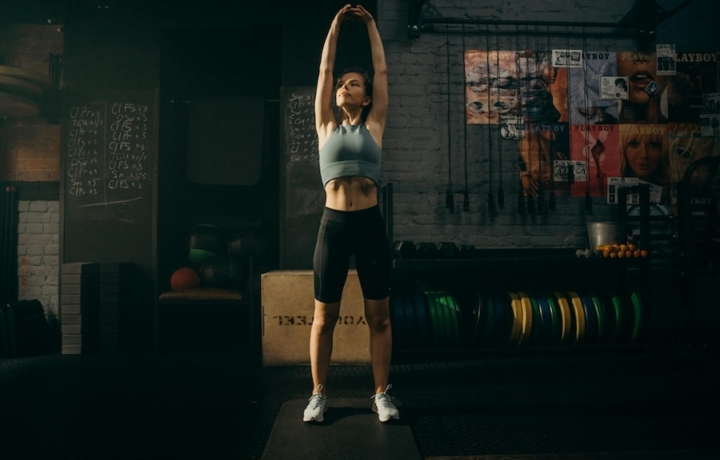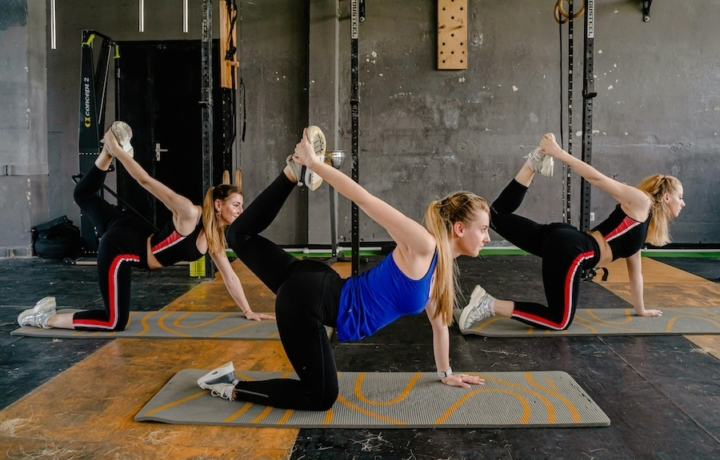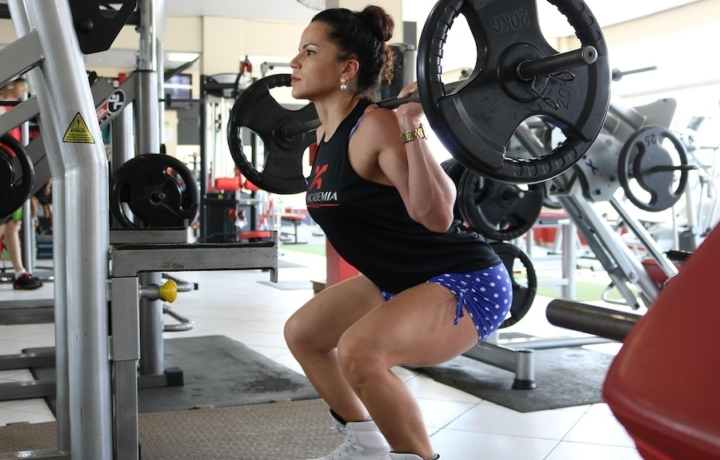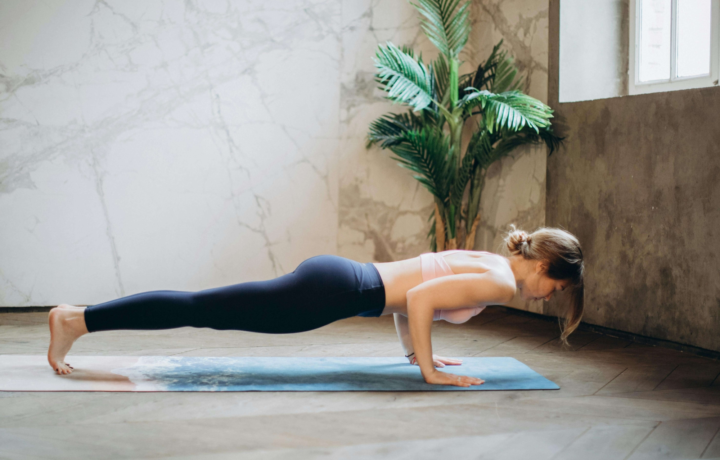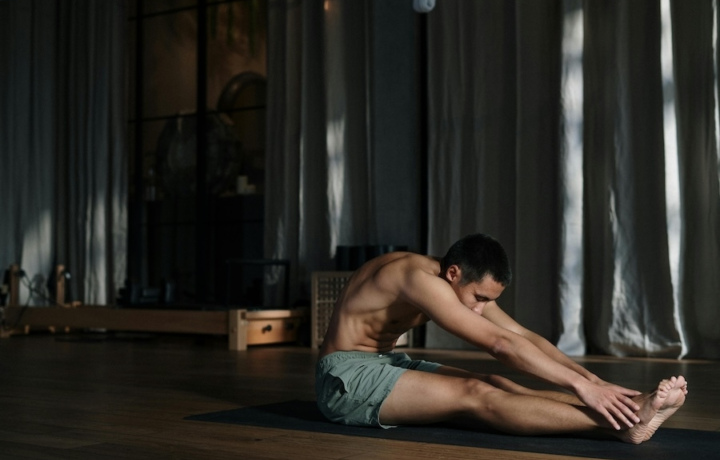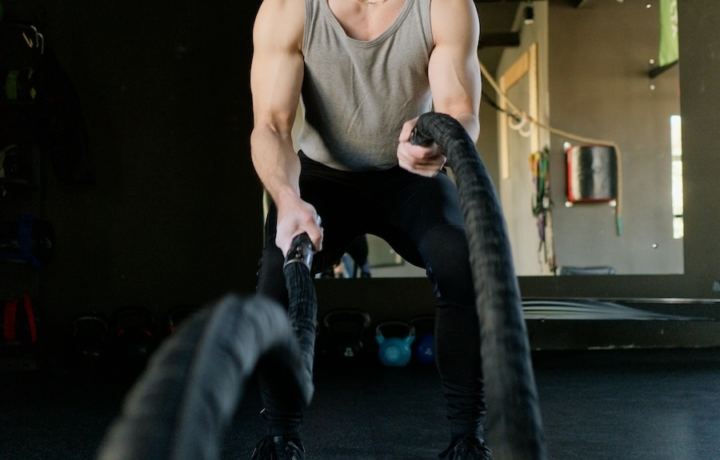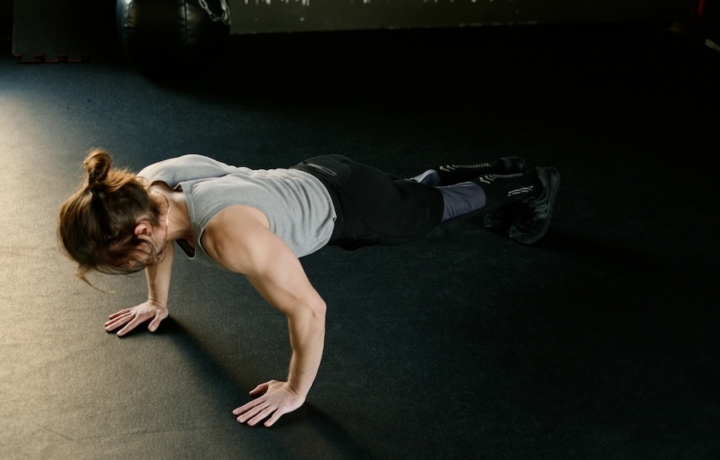Move better, reduce pain and train with freedom
Best Mobility workouts
Mobility workouts improve your ability to move freely and efficiently by targeting joint range of motion, muscle control, and stability. Unlike static stretching, mobility training combines active movement, control, and flexibility to unlock better performance in lifts, sports, and everyday tasks. These workouts help relieve stiffness, correct imbalances, and reduce injury risk: making them a valuable addition to any training program, from strength athletes to desk workers.
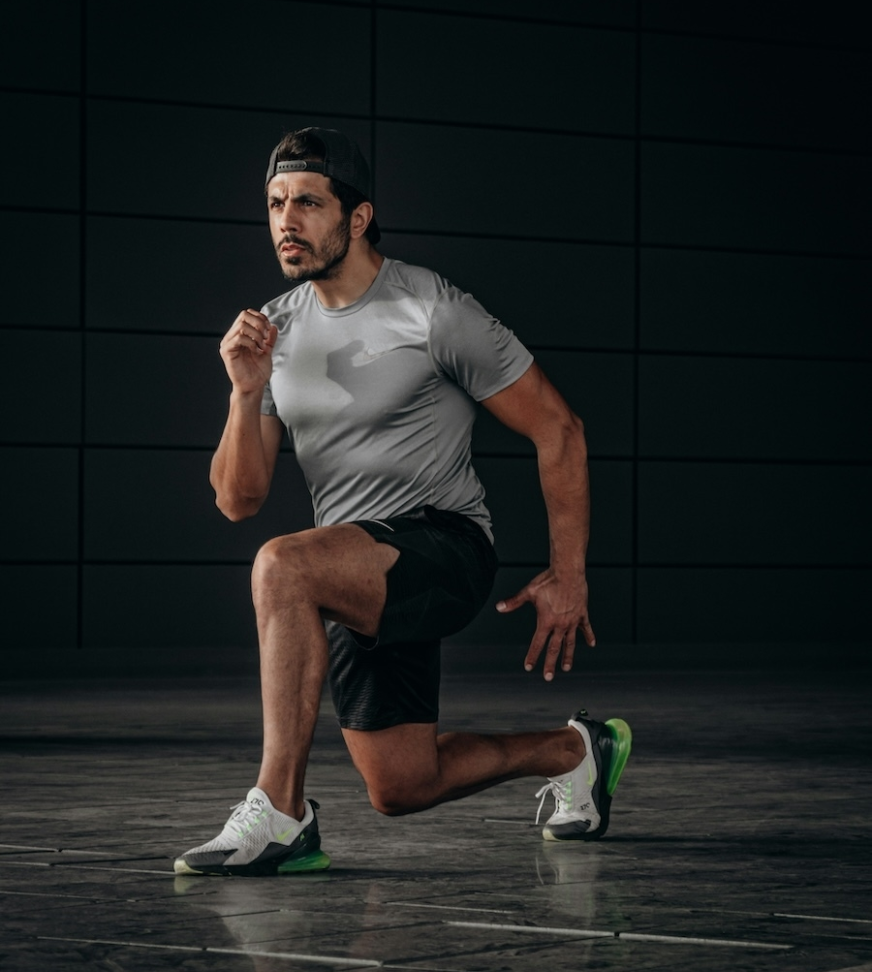
Workout 1 Mobility (Spine & Upper Body Release)
This mobility workout focuses on improving spine and upper body flexibility through targeted stretches and movements that release tension from your back, shoulders, and chest. You'll hold stretches for 30-45 seconds each and work through movement patterns that improve your range of motion in areas that commonly get tight from daily activities like sitting at a desk or training. The session emphasizes controlled, gentle movements that help your spine move better in all directions while releasing muscle tension throughout your upper body.
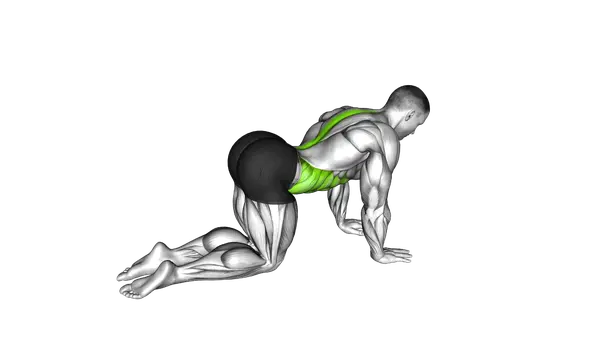

Cat Cow Stretch


Worlds Greatest Stretch
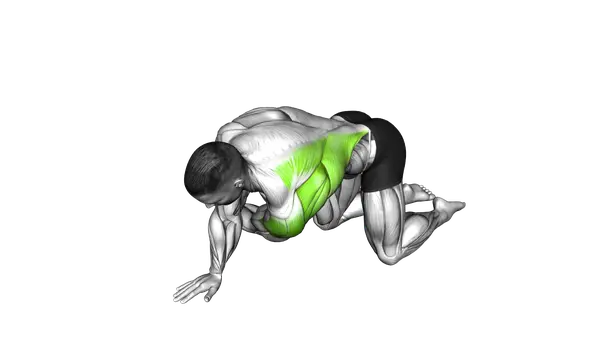

Kneeling T Spine Mobility
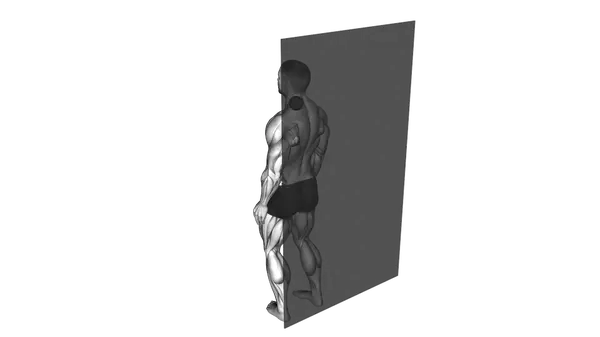

Levator Scapula Ball
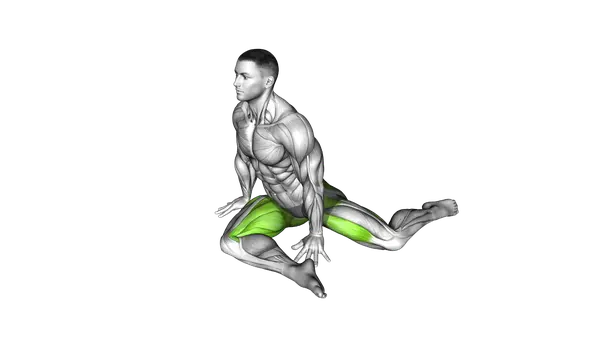

90/90 Stretch
Support recovery & prevent injuries
The benefits of Mobility workouts
Improving your mobility allows for deeper squats, stronger overhead lifts, and better control throughout your full range of motion. It also helps prevent joint stress, muscle strain, and compensation patterns that lead to overuse injuries. Regular mobility work supports faster recovery, improved posture, and better body awareness: whether you’re lifting heavy, playing sports, or simply moving through daily life.
Built for progress
Take the guesswork out of training
Create personalized AI-powered workout plans that evolve with you. Train smarter, track every rep and keep moving forward, one workout at a time.






Workout 2 Mobility (Lower body * hips)
This lower body and hip mobility workout targets the areas that commonly get tight from sitting, training, and daily activities using longer holds and deeper stretches. You'll work through hip flexors, glutes, hamstrings, and lower back with stretches held for 30-45 seconds each. The movements focus on opening up your hips and improving flexibility in your legs and pelvis, which are crucial for good movement patterns in both exercise and everyday activities like walking and getting up from chairs.


Side Lunge
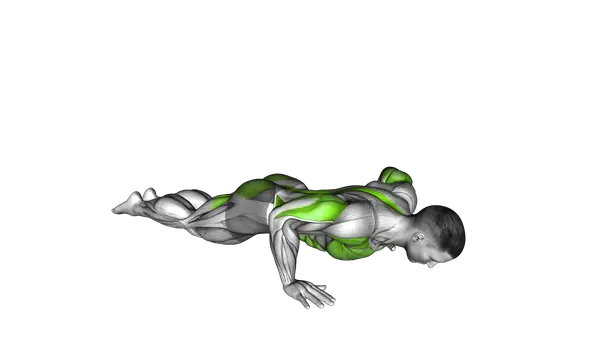

Cobra Yoga Pose
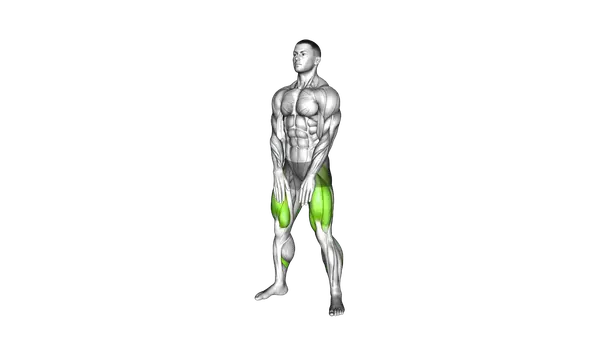

Sumo Squat Floor Touch
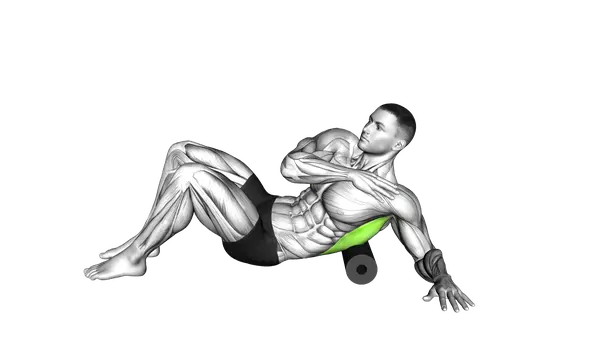

Roll Lower Back (Side) Lying On Floor


90/90 Stretch
Workout 3 Mobility (Hips, Back & Chest Opener)
This mobility workout provides a complete body opener targeting your hips, back, and chest through a combination of stretches and movement patterns held for 30-45 seconds each. You'll work on opening tight hip flexors, improving spinal rotation, and releasing chest and shoulder tension from forward posture. The session combines ground-based stretches with longer holds that help reset your posture and counteract the tightness that builds up from daily activities, training, or prolonged sitting.
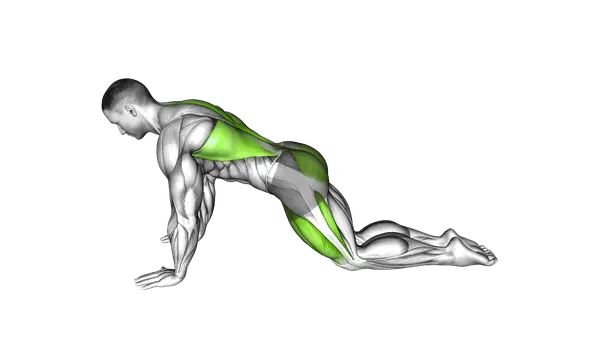

Child's Pose
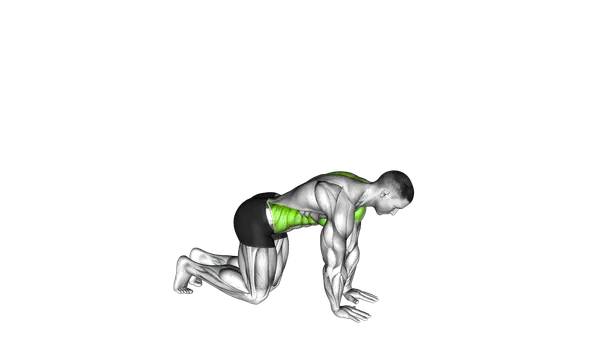

Kneeling Back Rotation Stretch
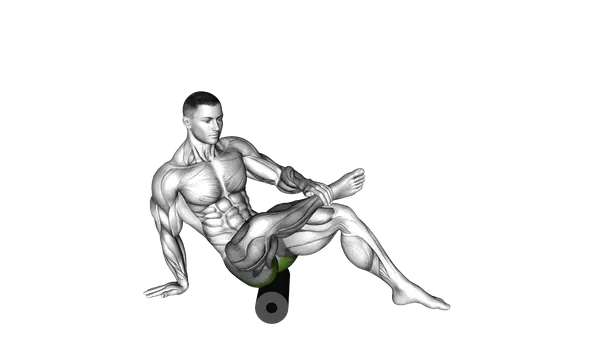

Roll Recumbent Hip External Rotator And Hip Extension
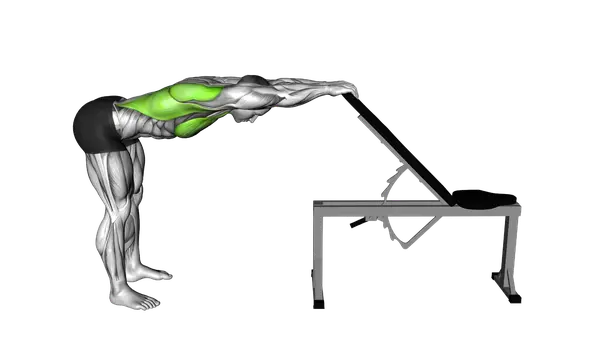

Back Pec Stretch
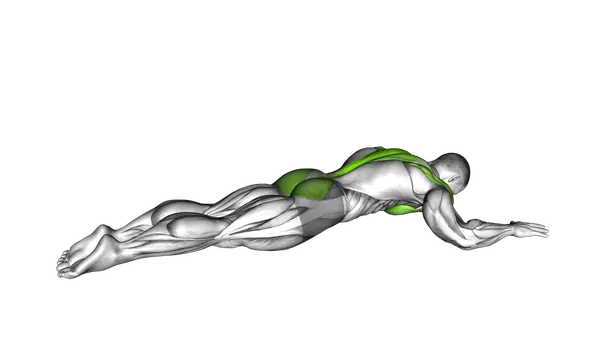

Superman Chest Stretch
Frequently asked questions: best Mobility workouts
Absolutely. Good mobility improves squat depth, overhead positioning, and movement efficiency, all of which are essential for strength and injury prevention. It also allows athletes to train through full ranges of motion, maximizing results safely.
Mobility workouts often use tools like resistance bands, foam rollers, lacrosse balls, and yoga blocks. These help with joint distraction, myofascial release, and positioning, but bodyweight-only routines can also be very effective.
Yes. Poor mobility in areas like the hips, ankles, or thoracic spine often contributes to compensations that lead to pain. Mobility training addresses root causes by restoring proper movement patterns and improving joint alignment and muscle function.
2–4 sessions per week is ideal for most people, either as standalone sessions or warm-ups. You can also target specific areas (hips, shoulders, ankles) after training or on recovery days to improve long-term movement quality.
Flexibility is about passive range of motion—how far a muscle can stretch. Mobility is about active control—how well you can move a joint through its full range. Mobility is more functional, as it directly improves how you move and perform under load or tension.
Move better, feel better
Ready to train smarter?
You’ve just explored some of the most effective mobility workouts: designed to improve range of motion, reduce stiffness, and support injury-free training. With the app, you can build these into your weekly routine to move more freely and perform at your best.
Explore more training variations
Related mobility workouts
Train smarter with weekly plans
